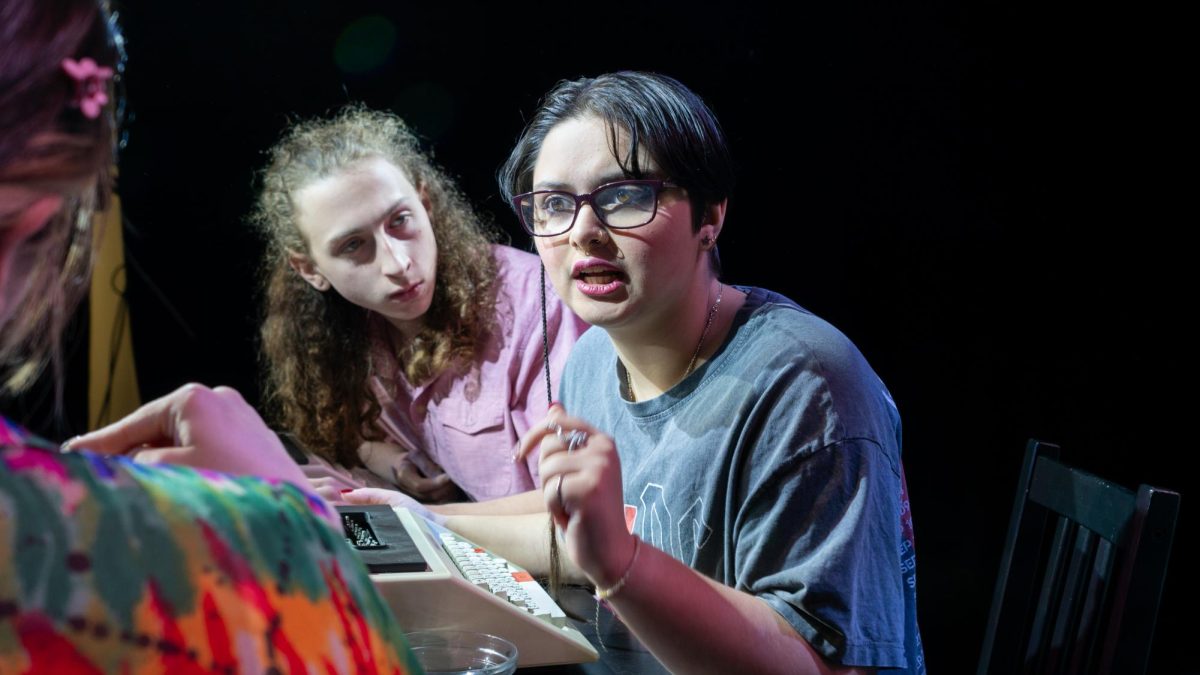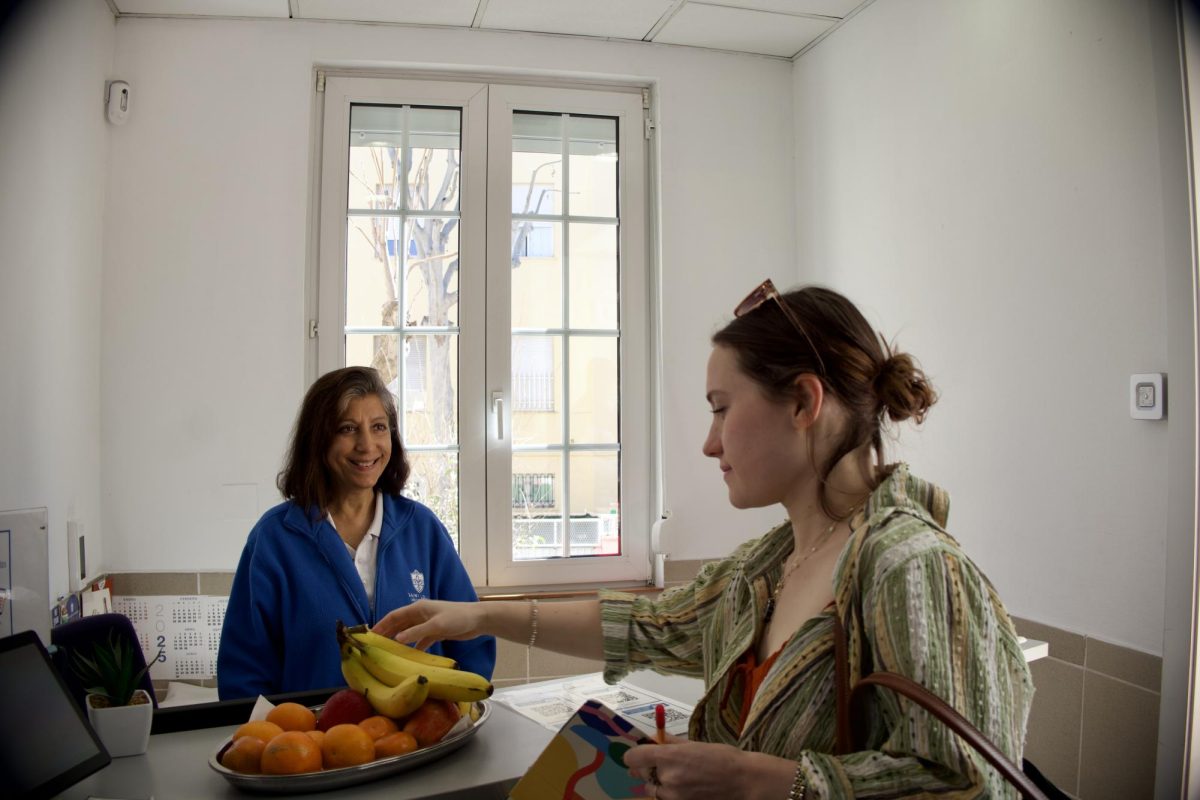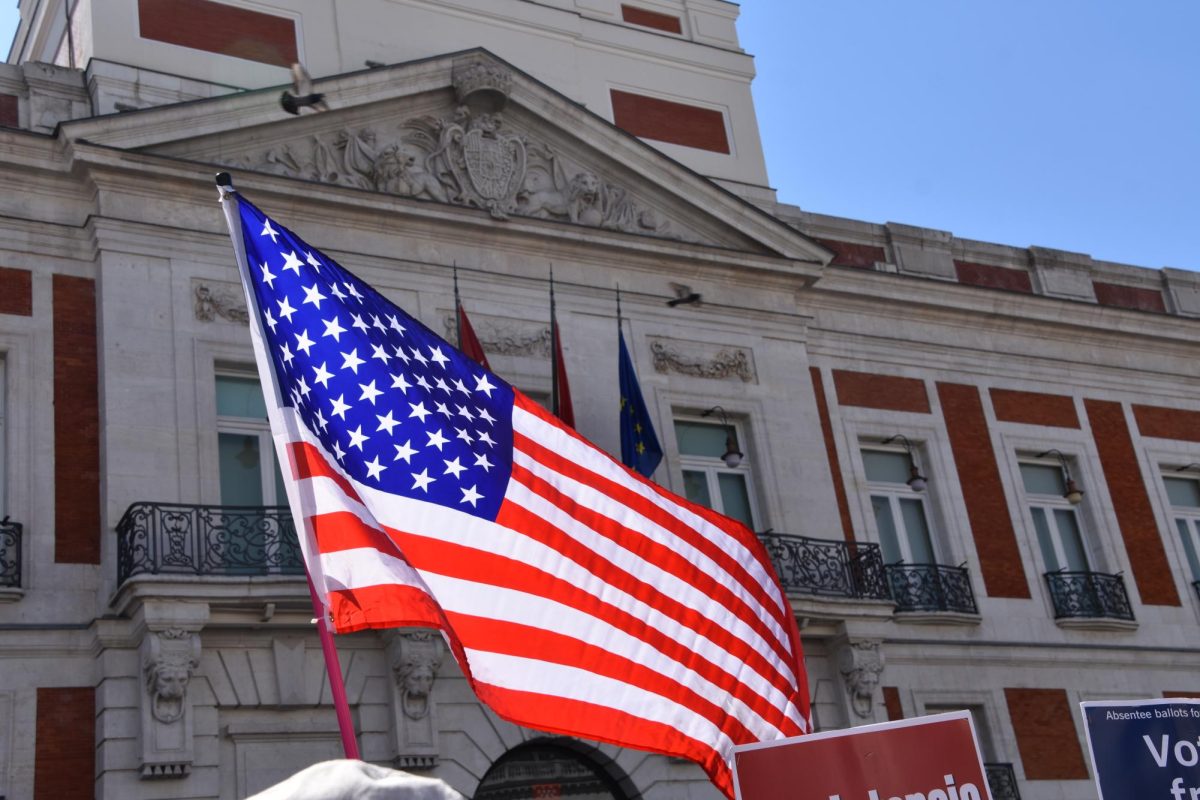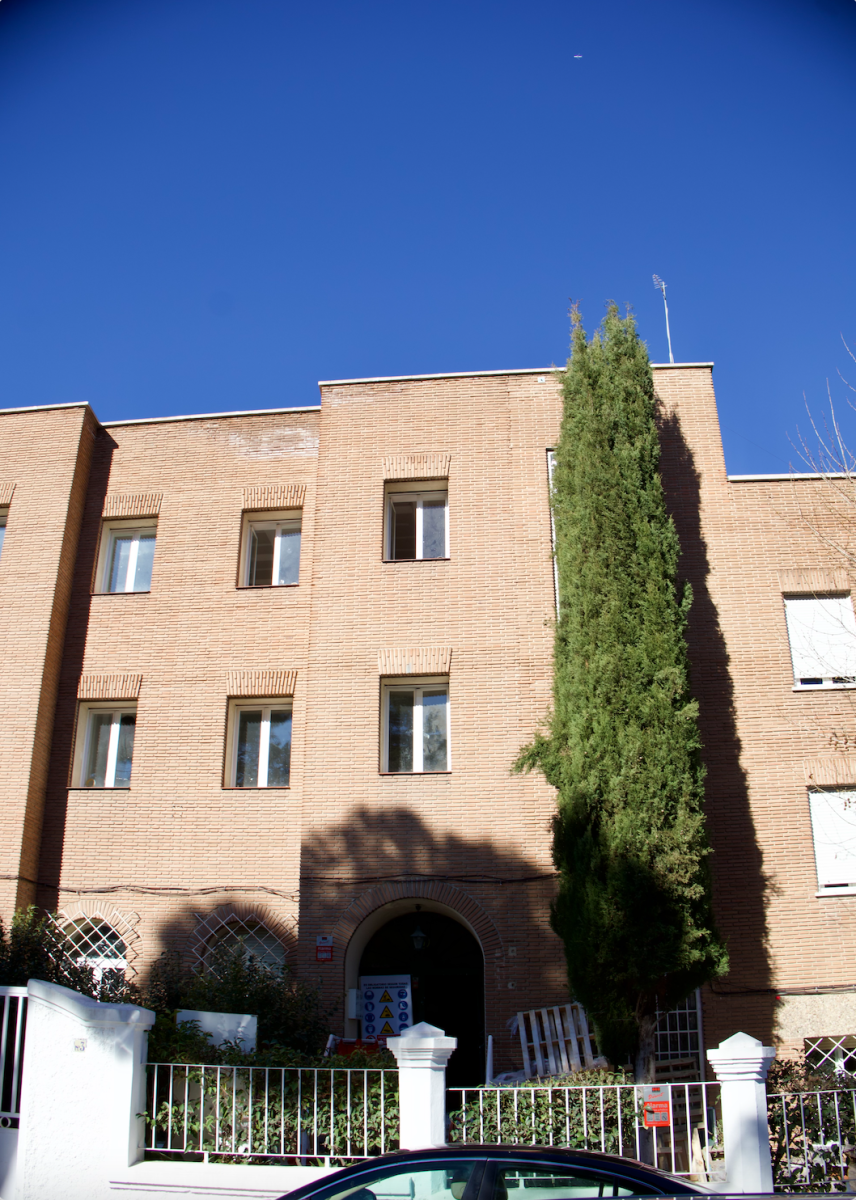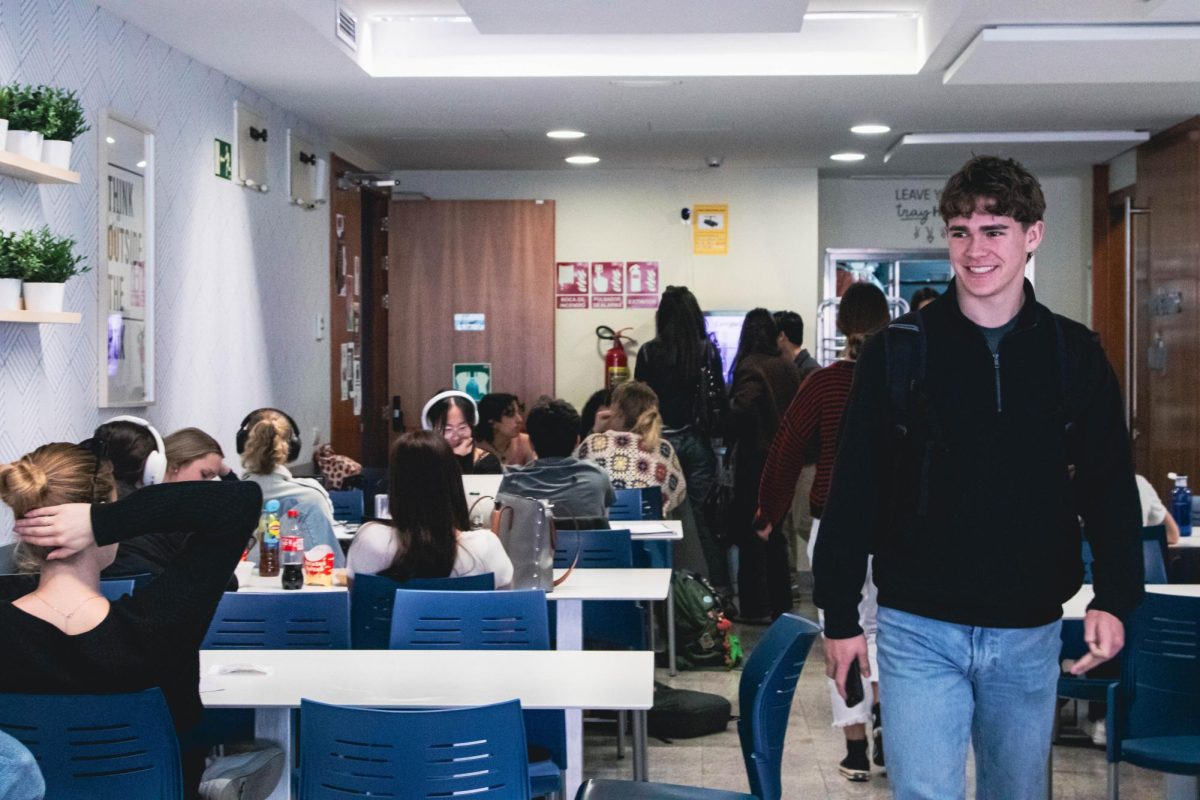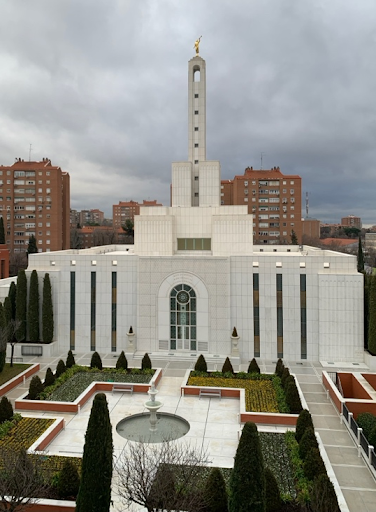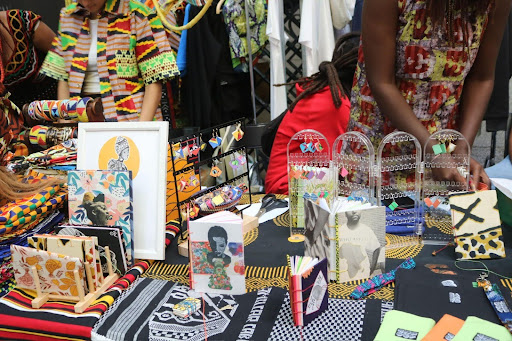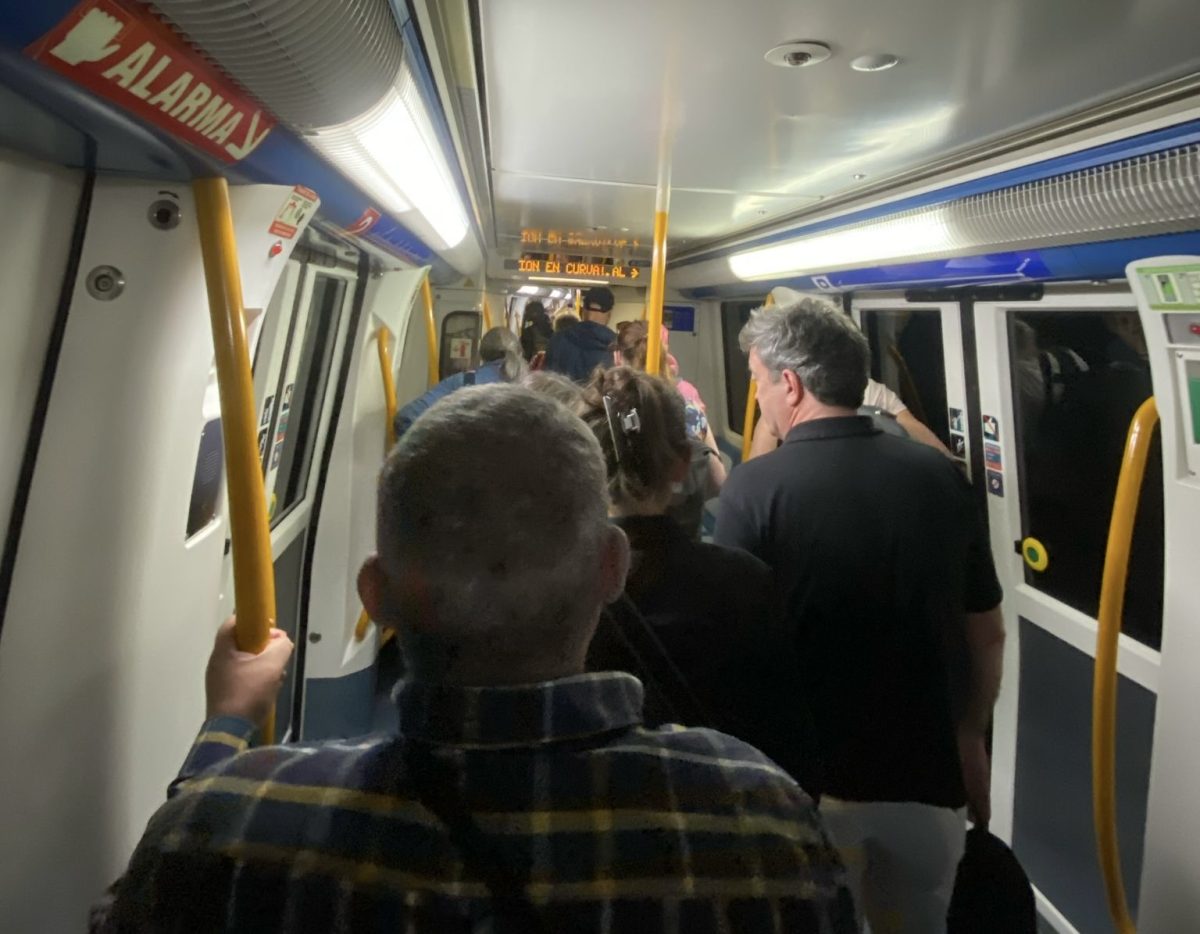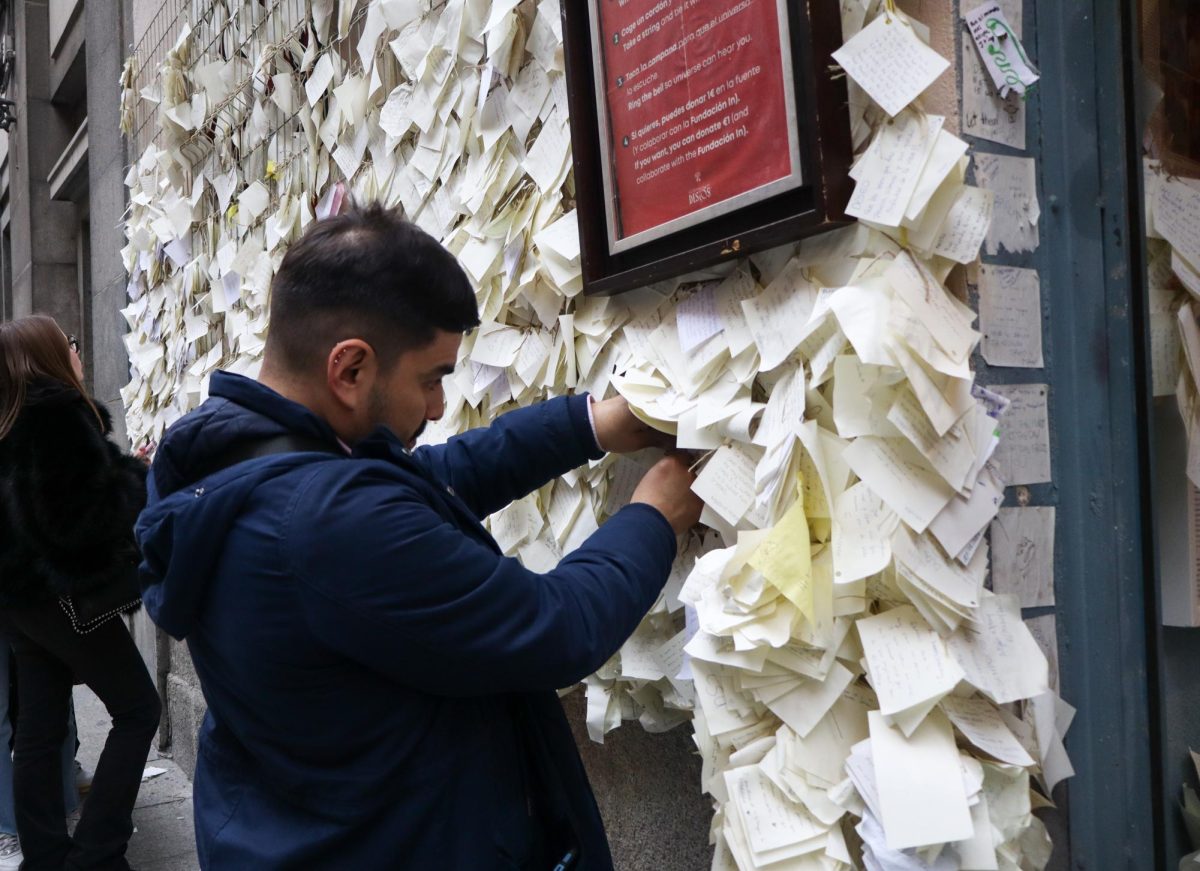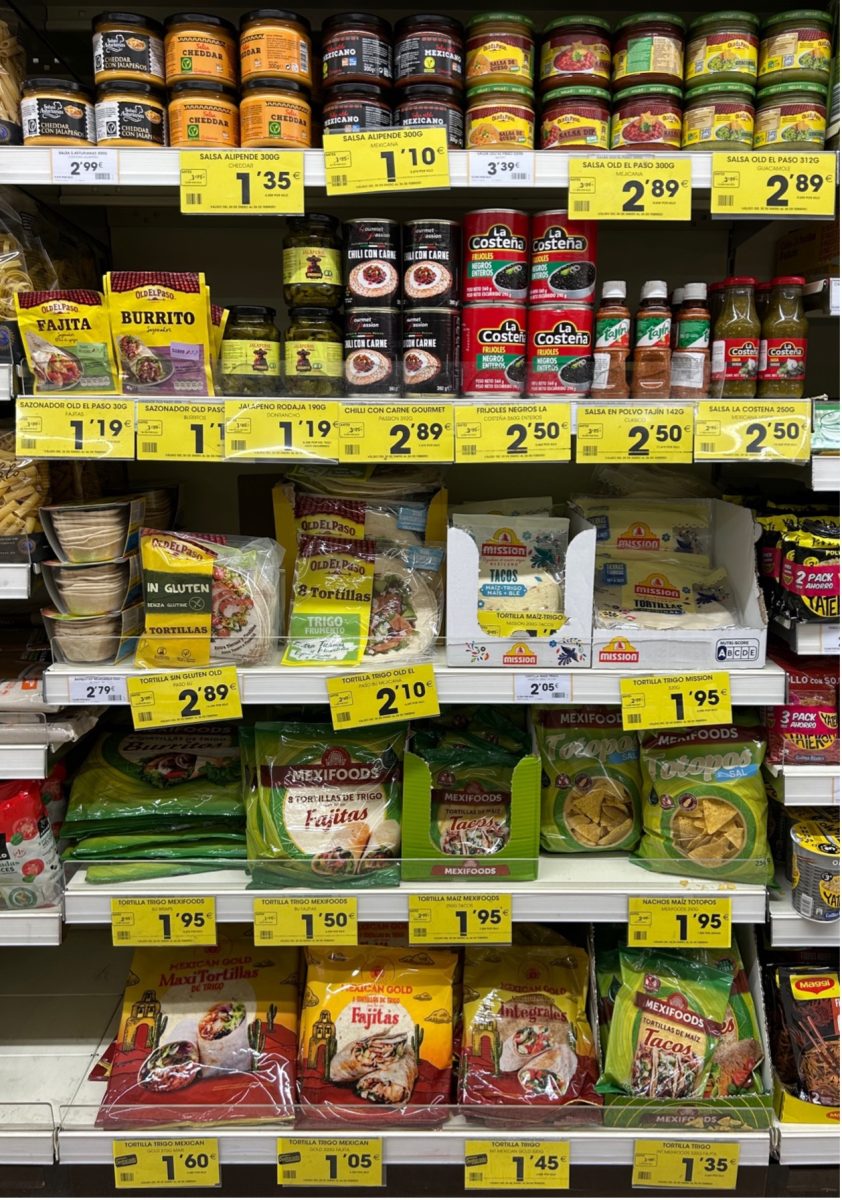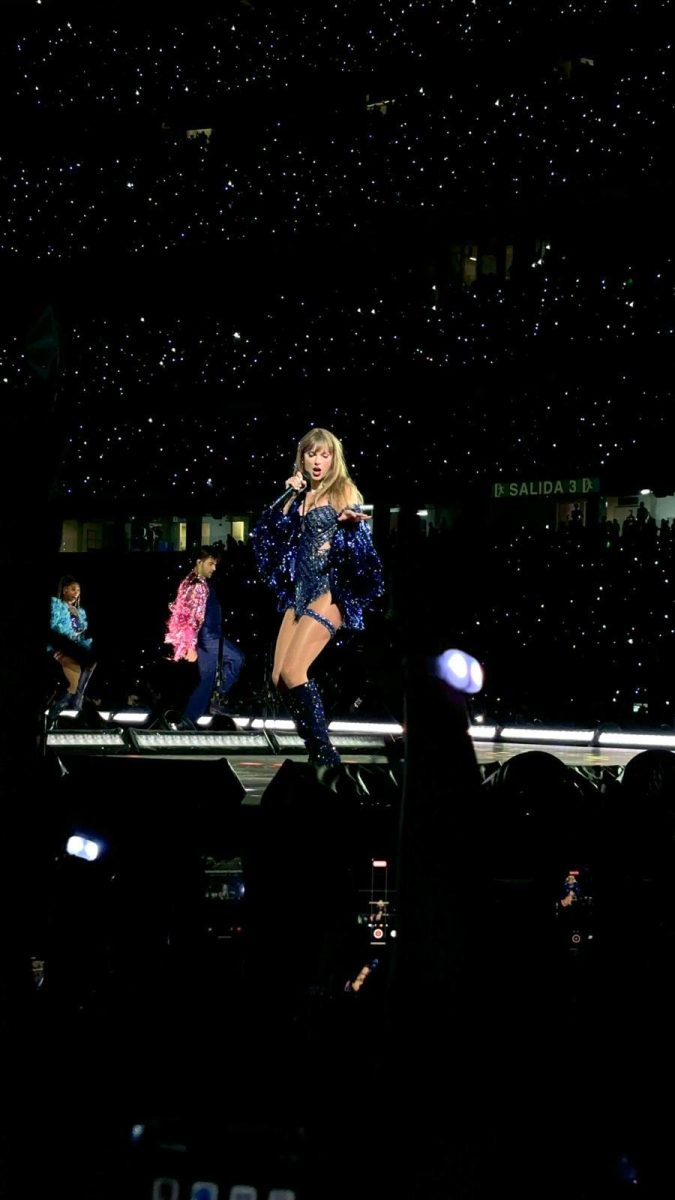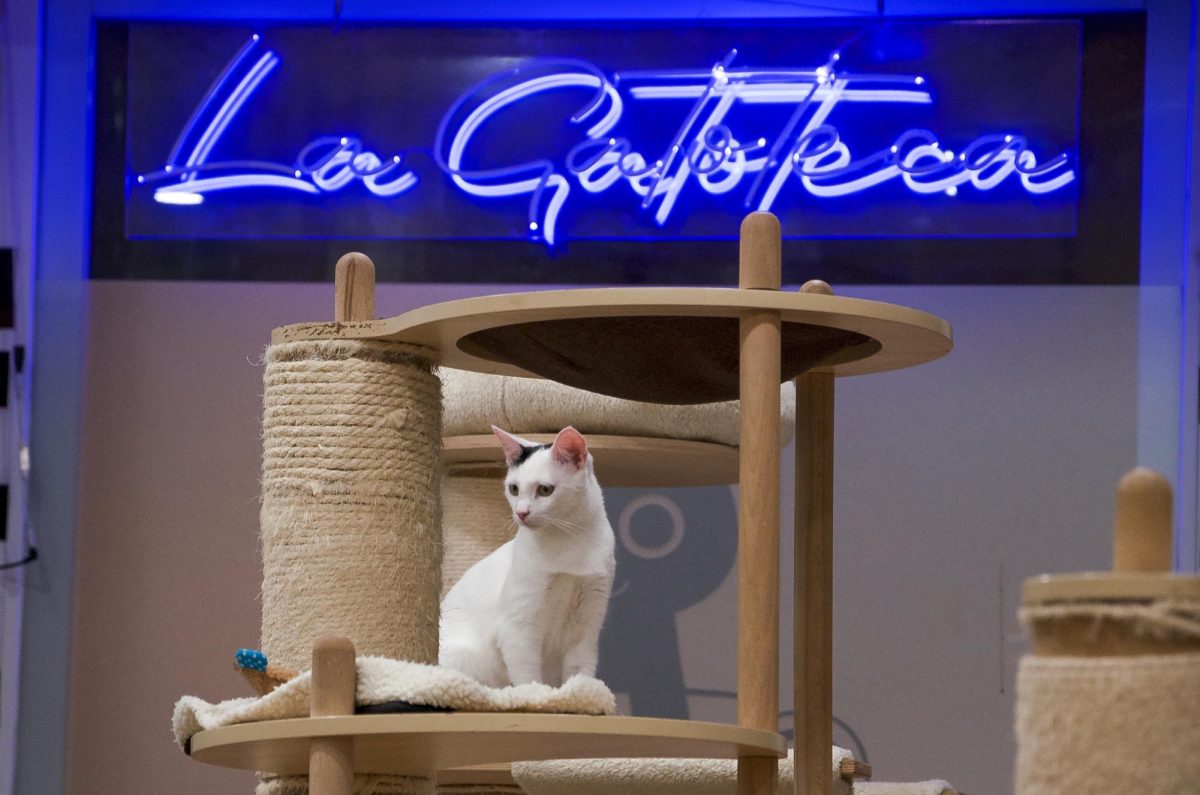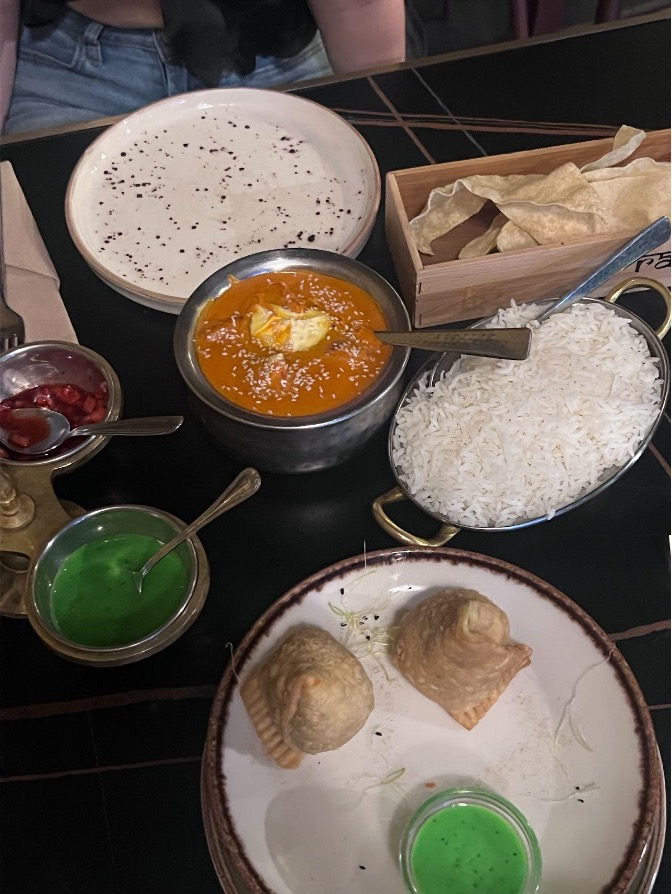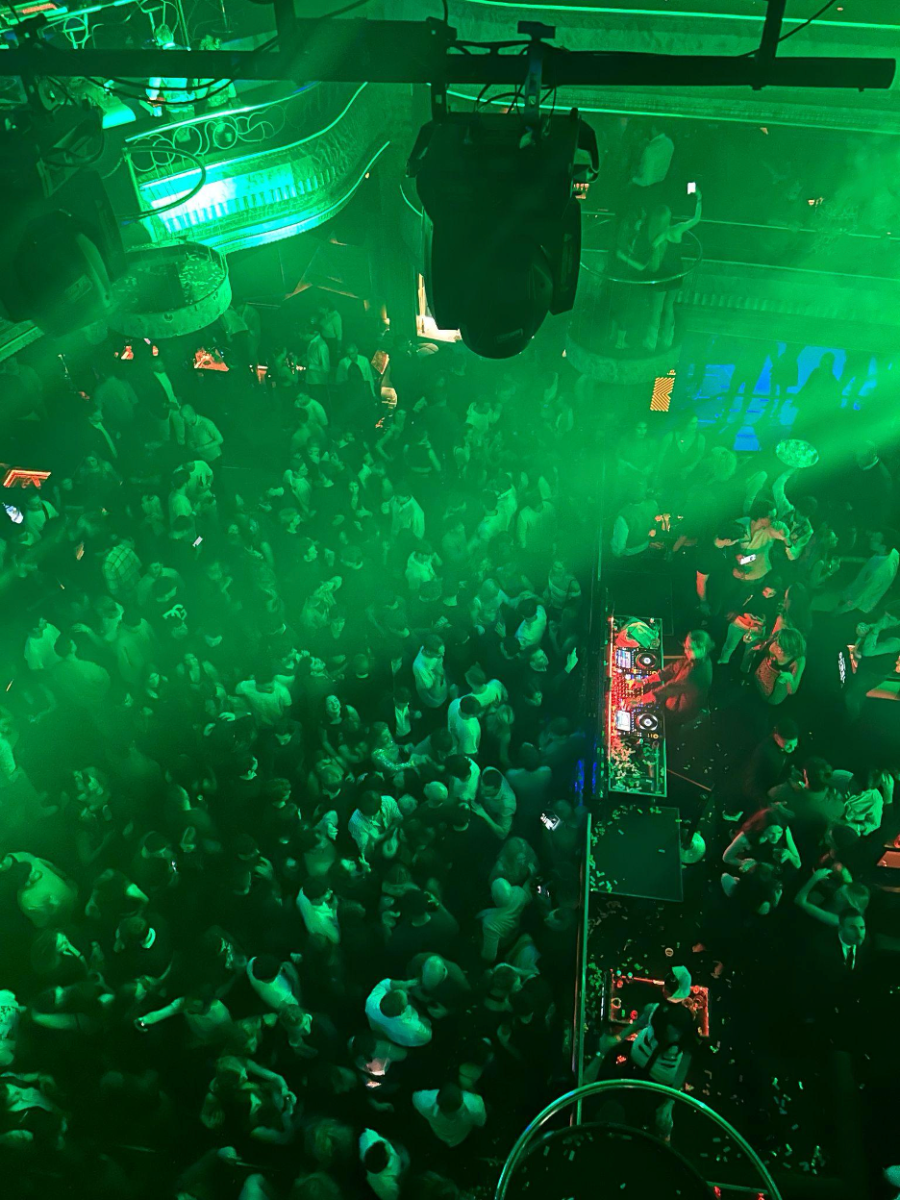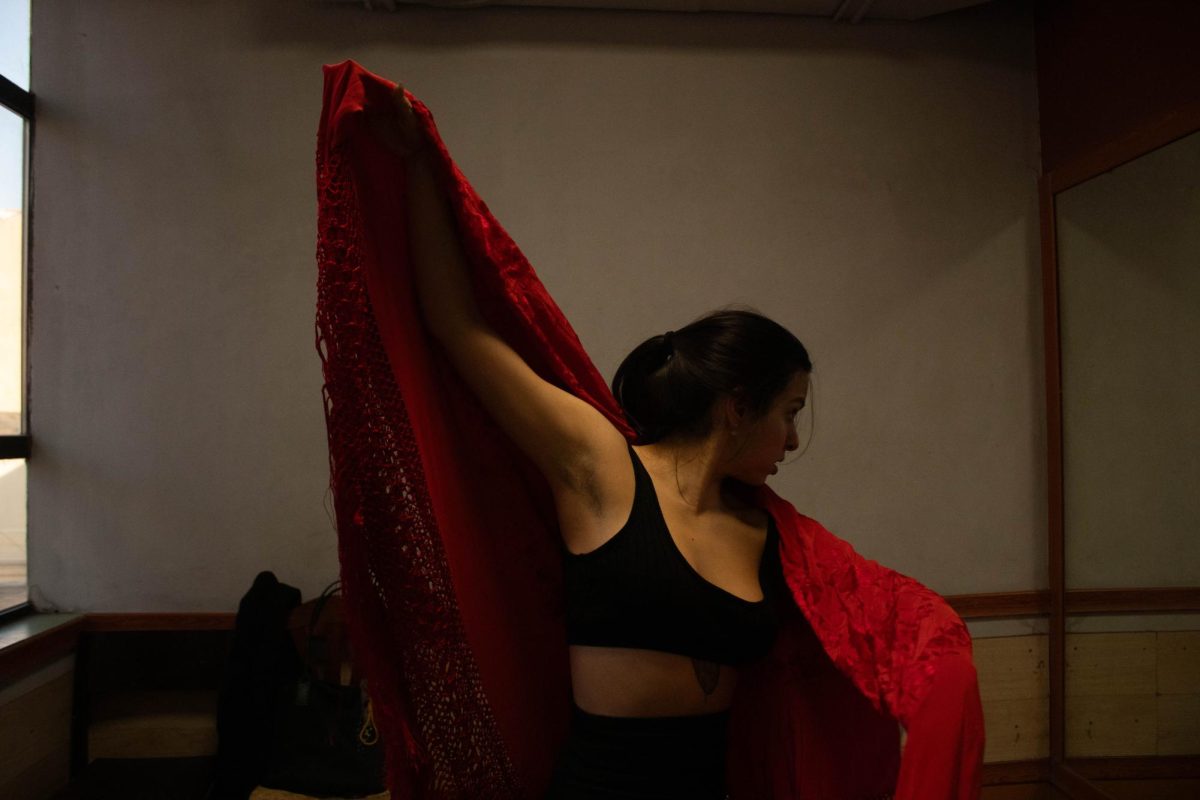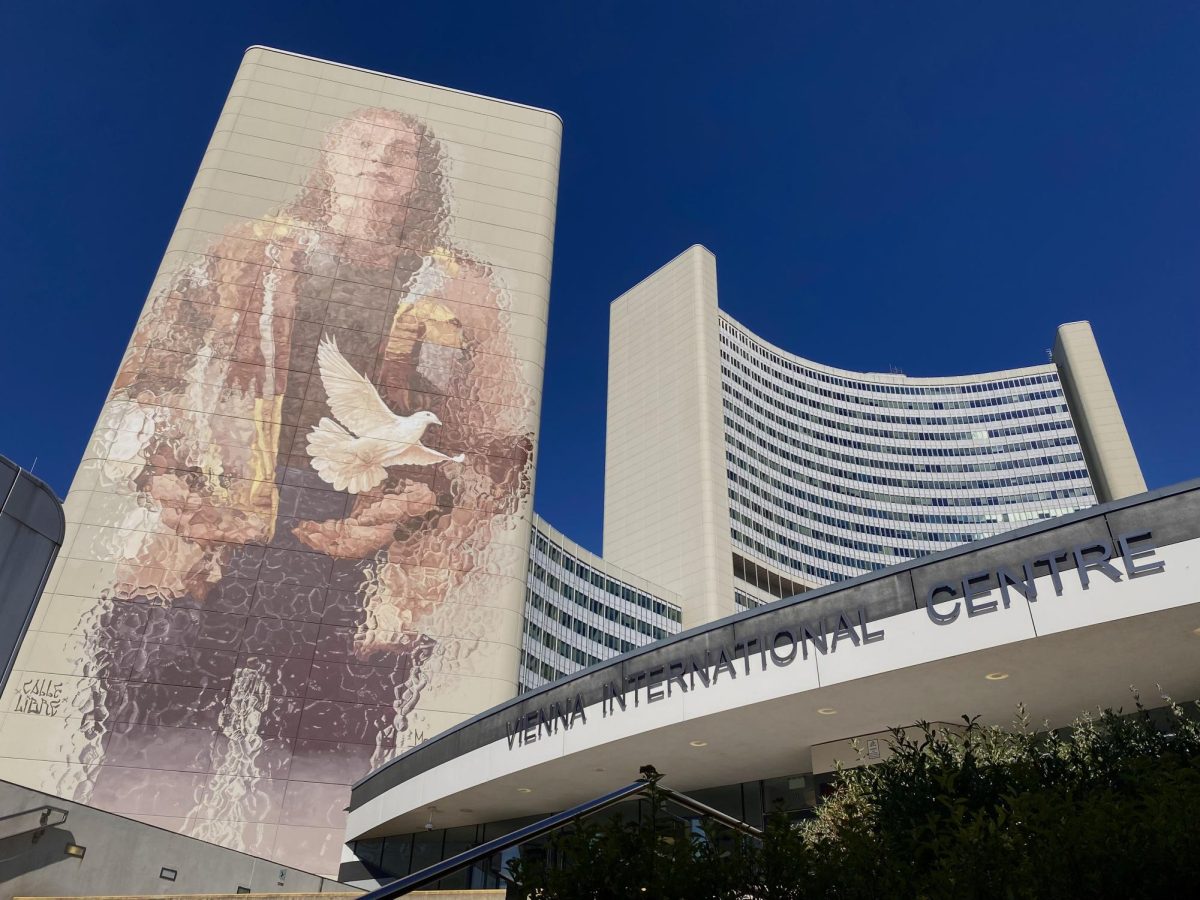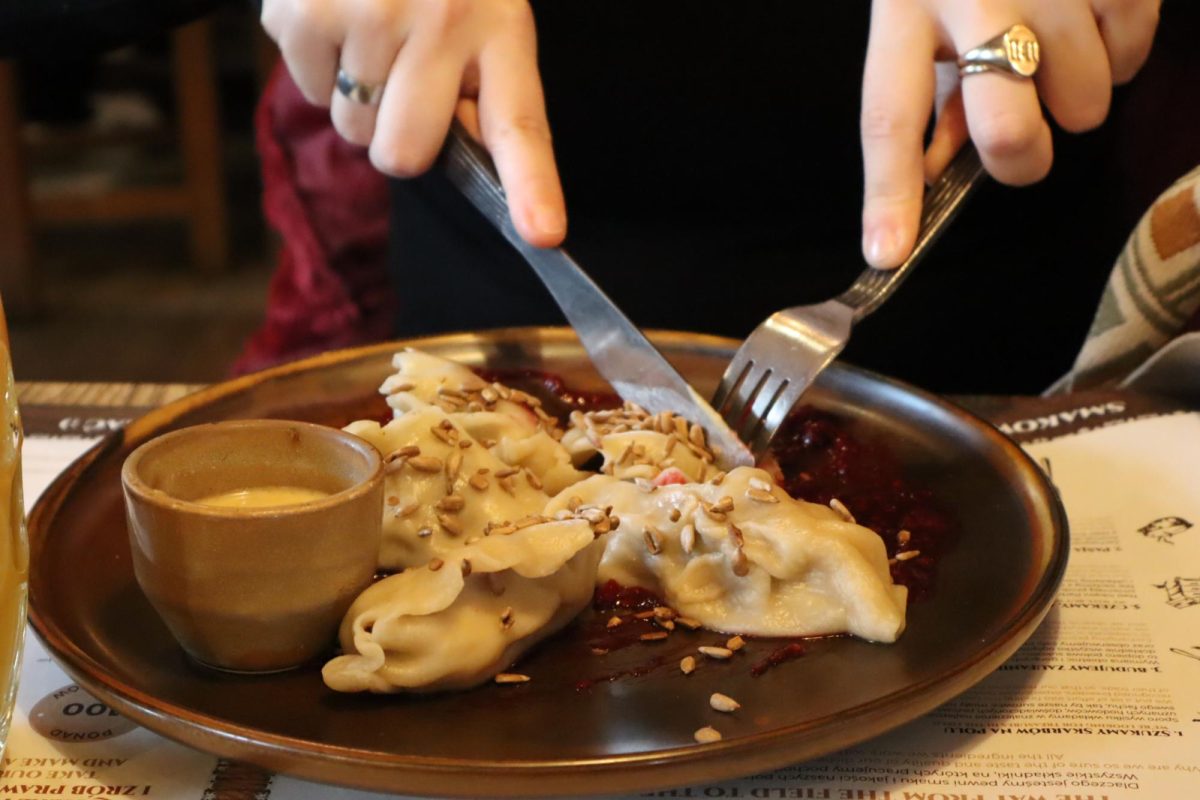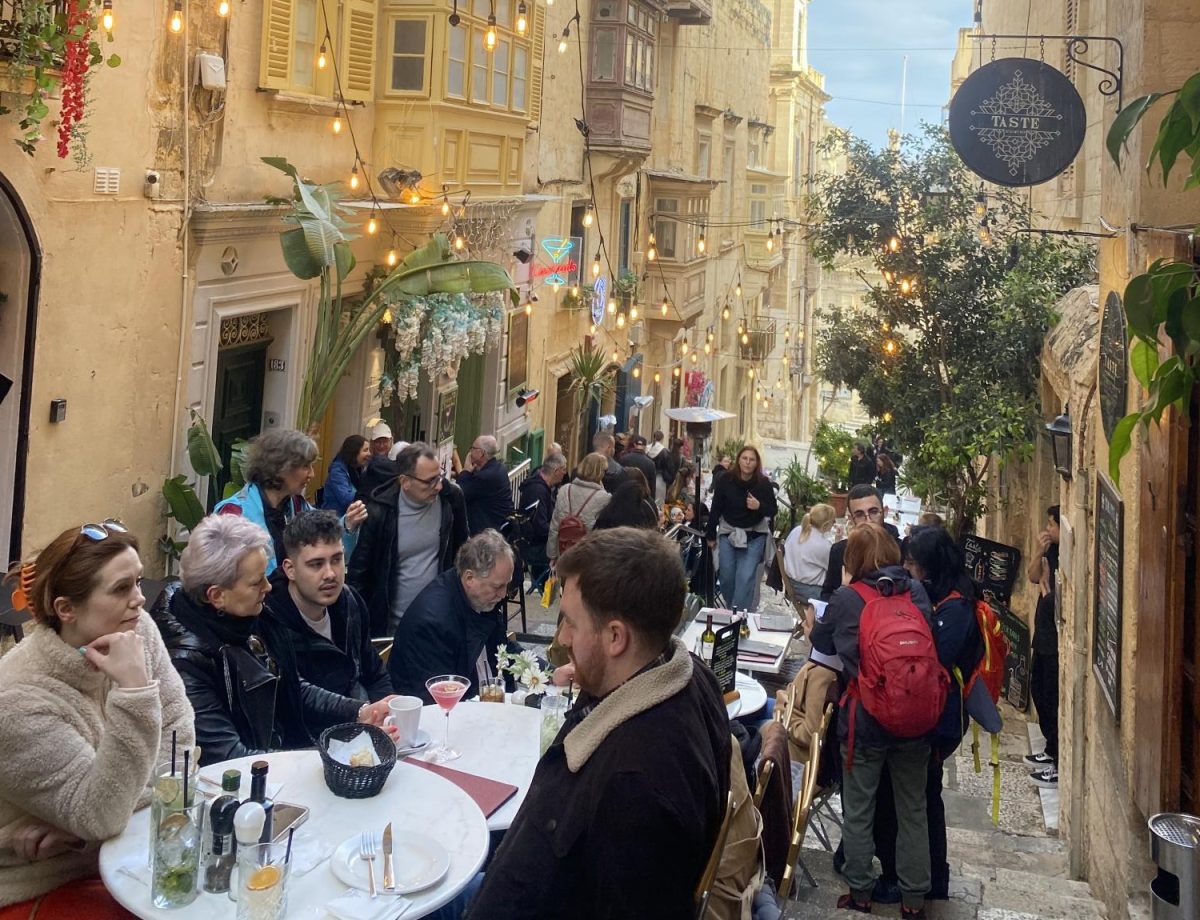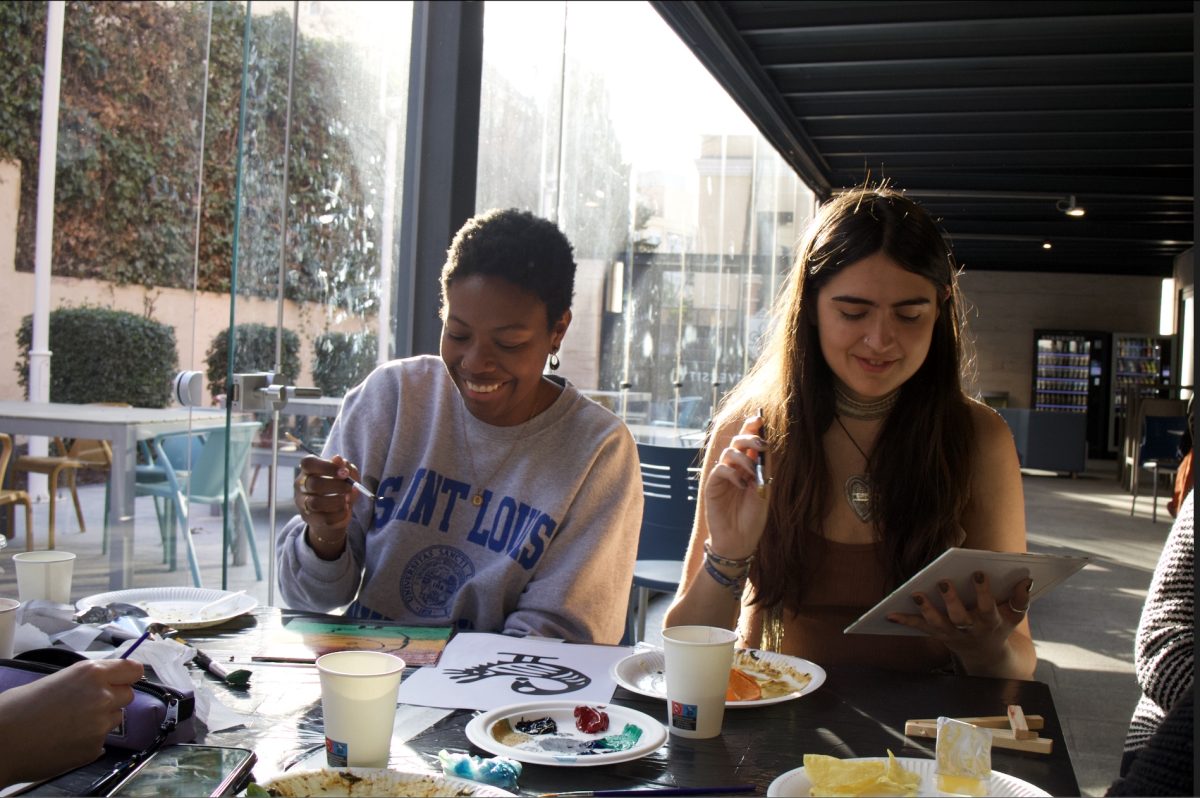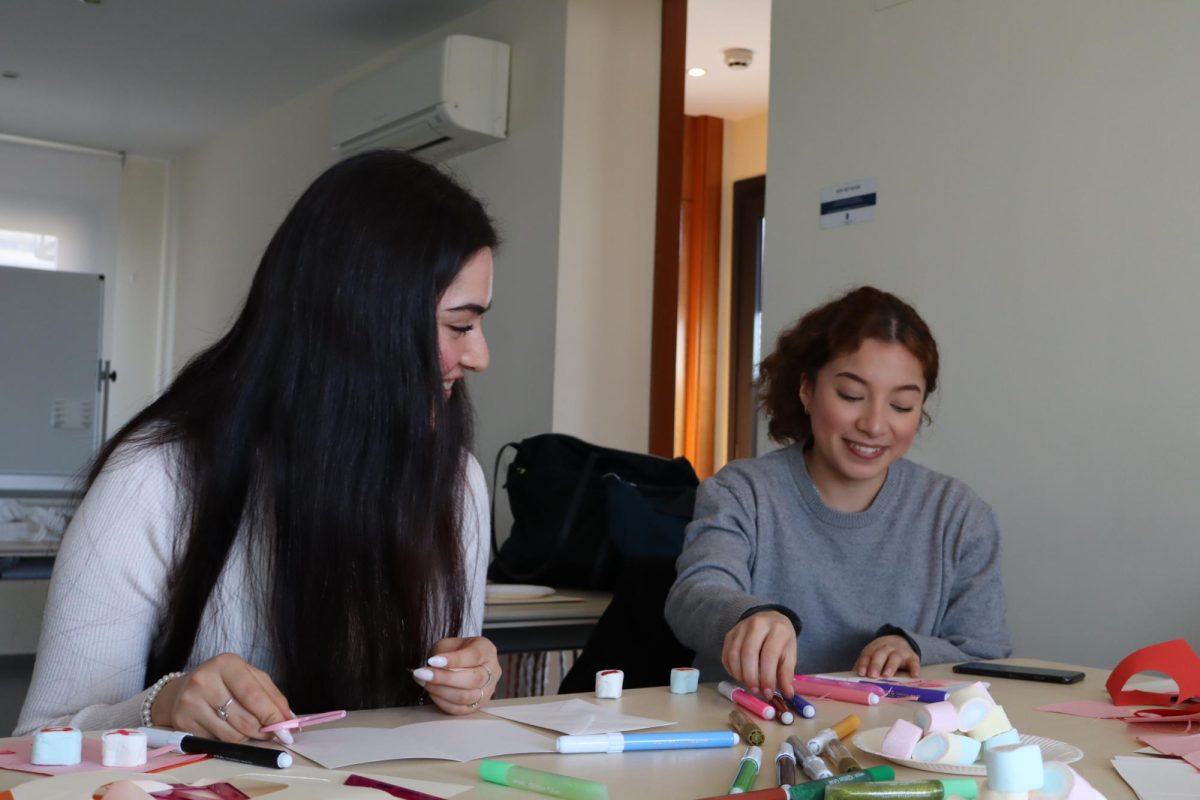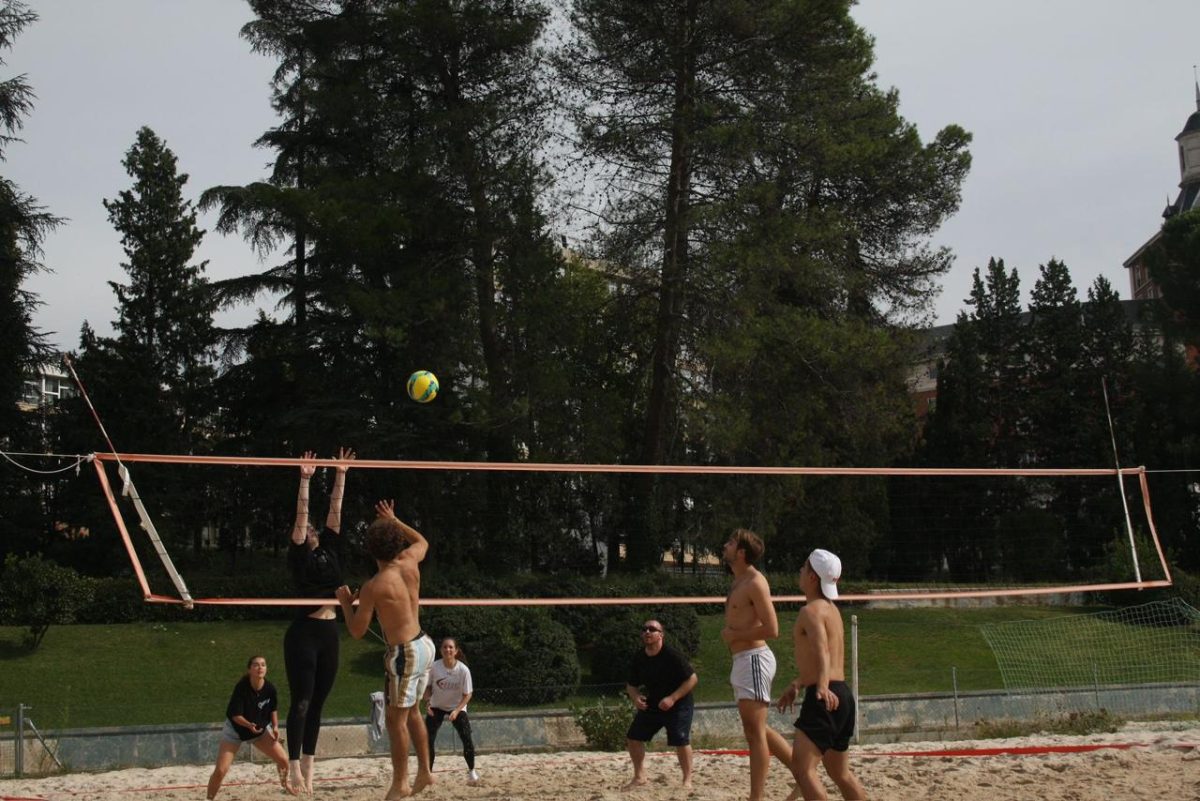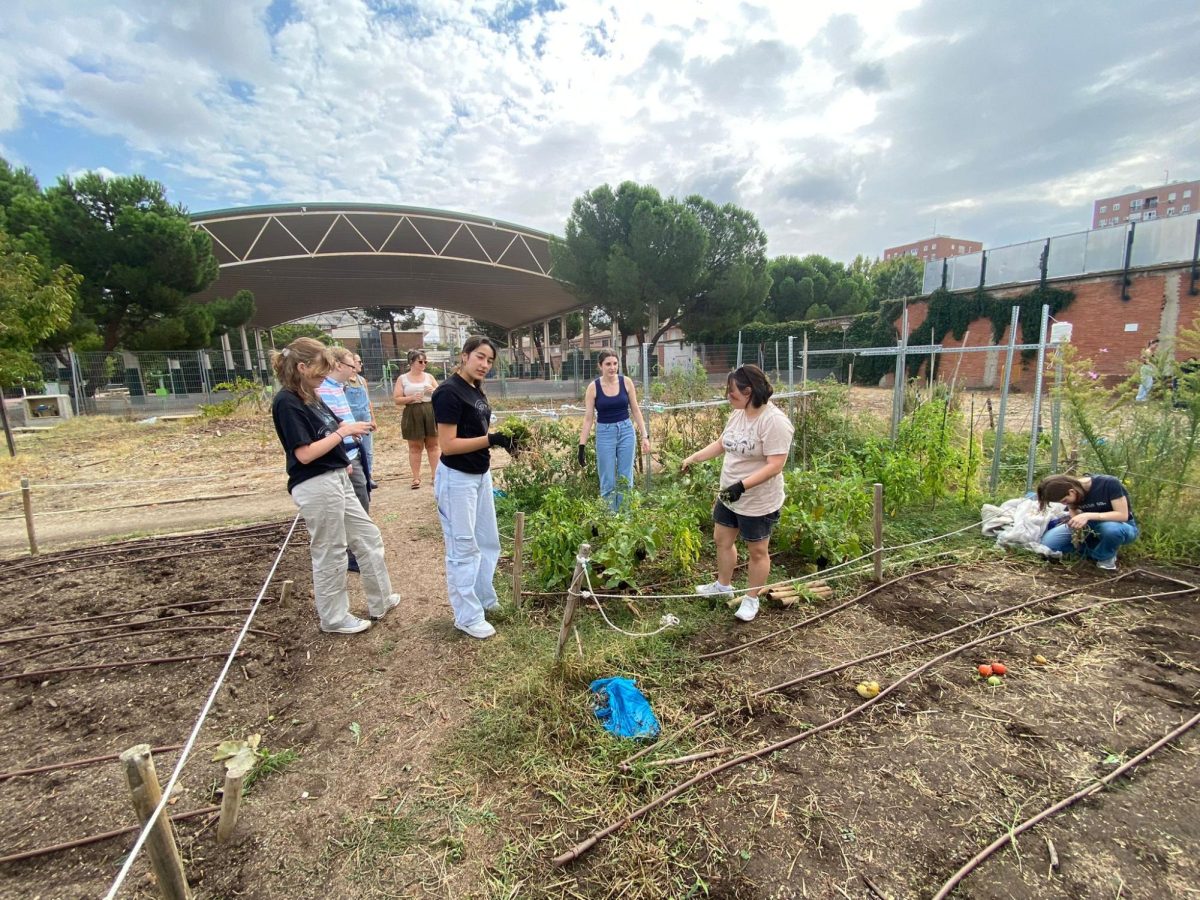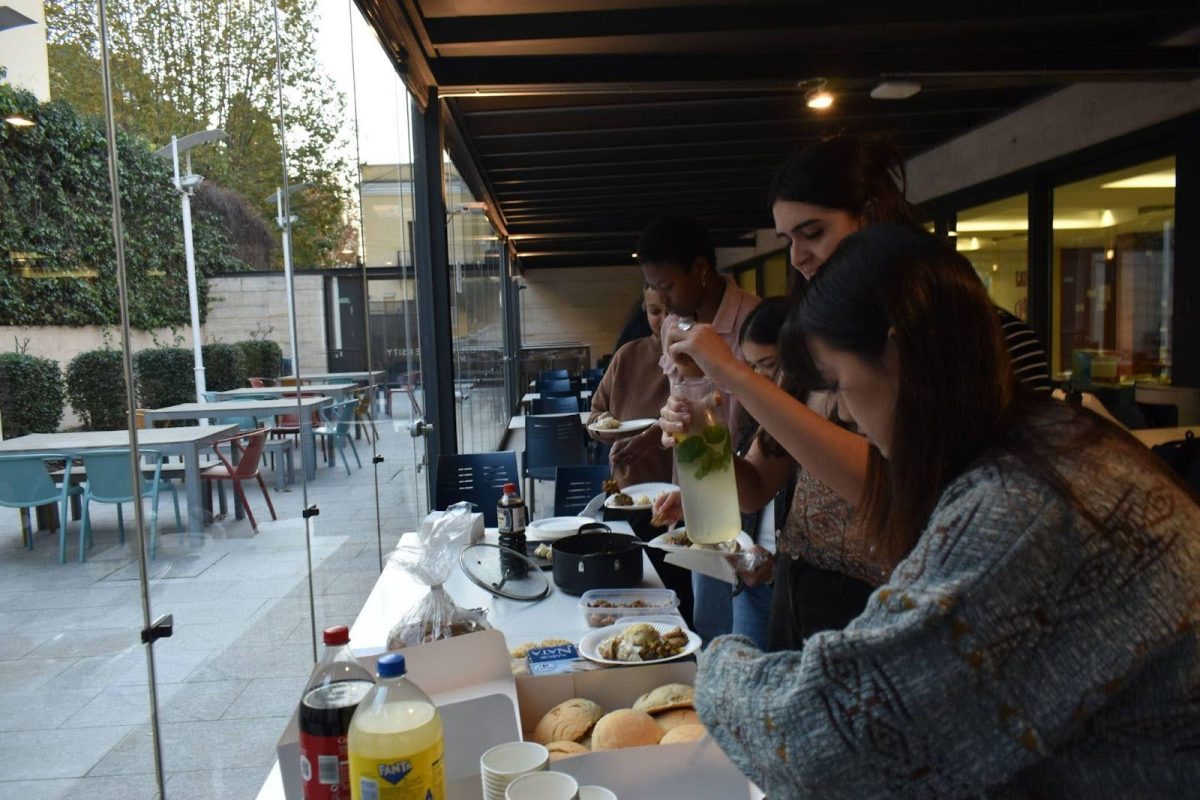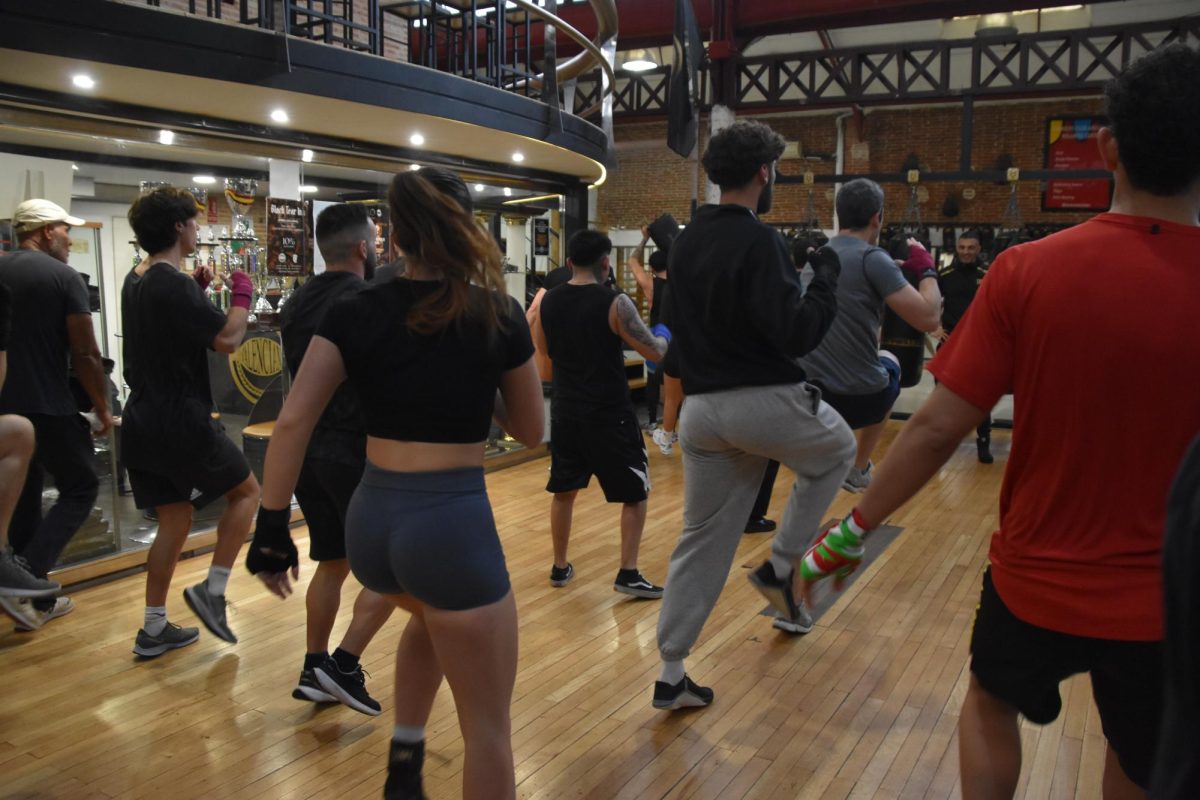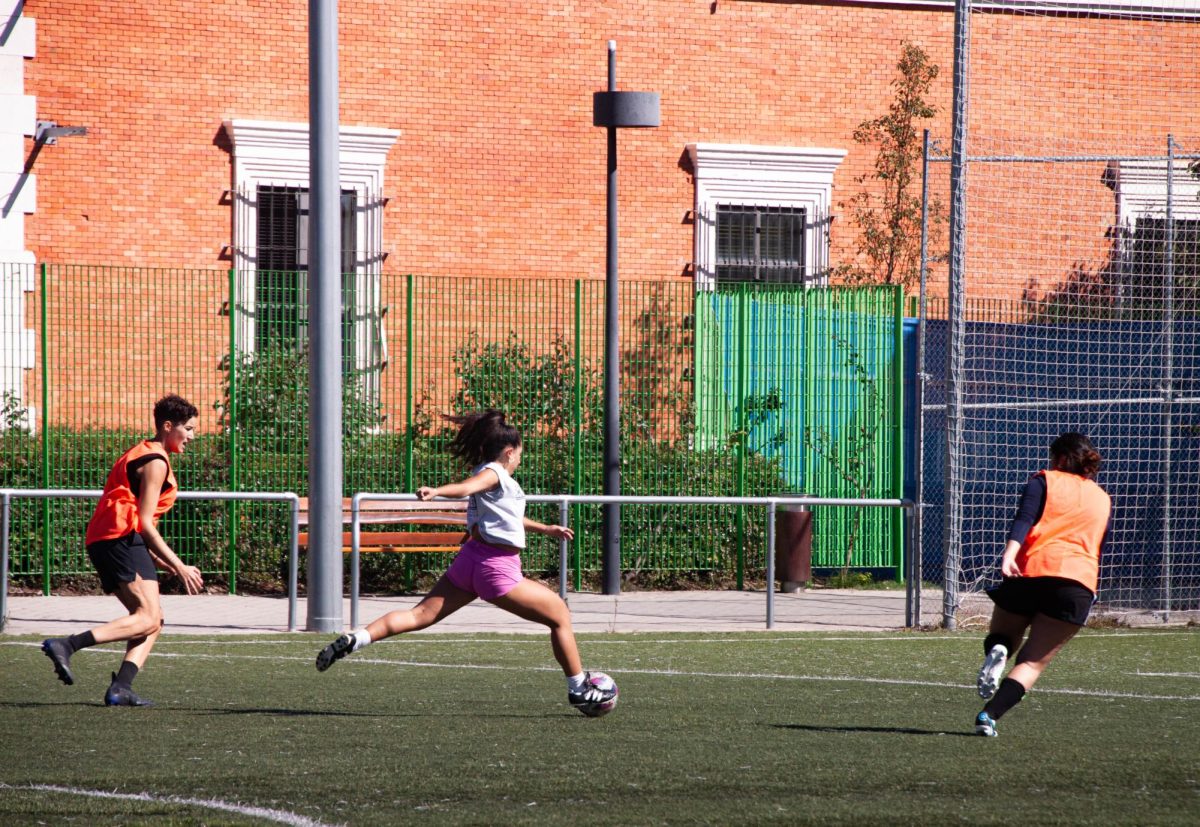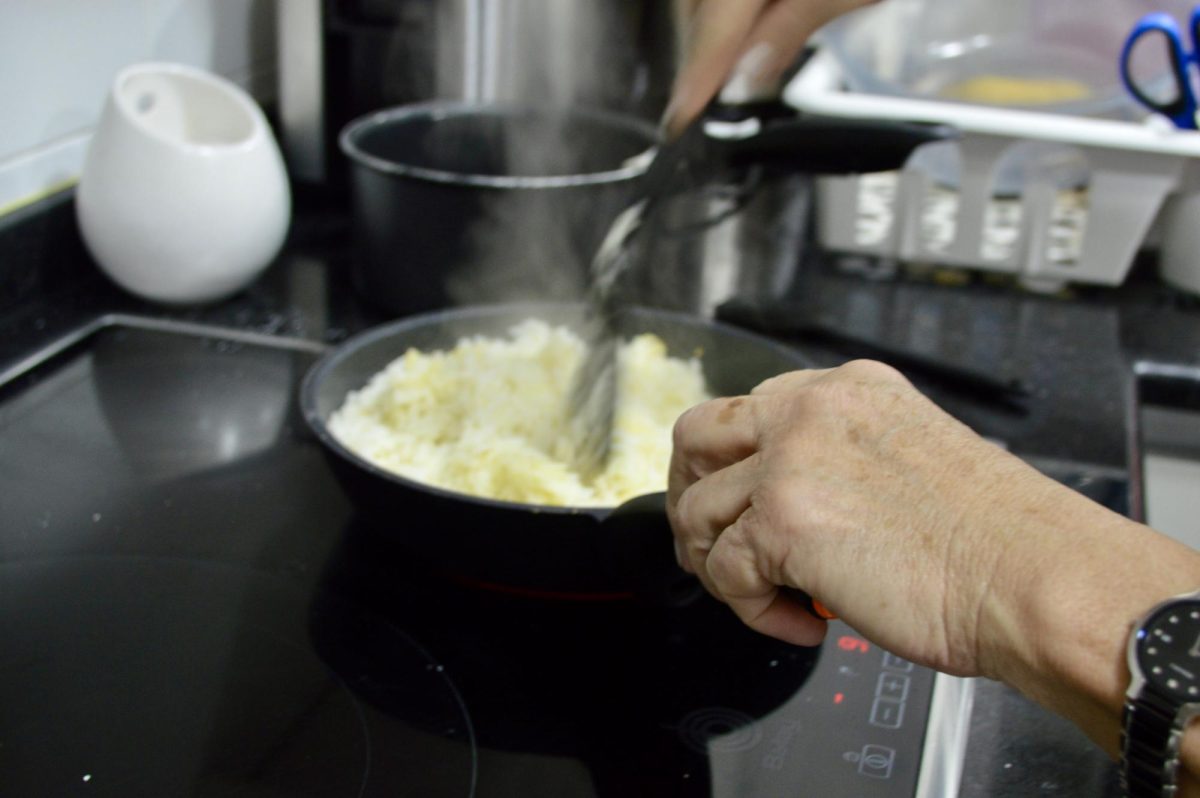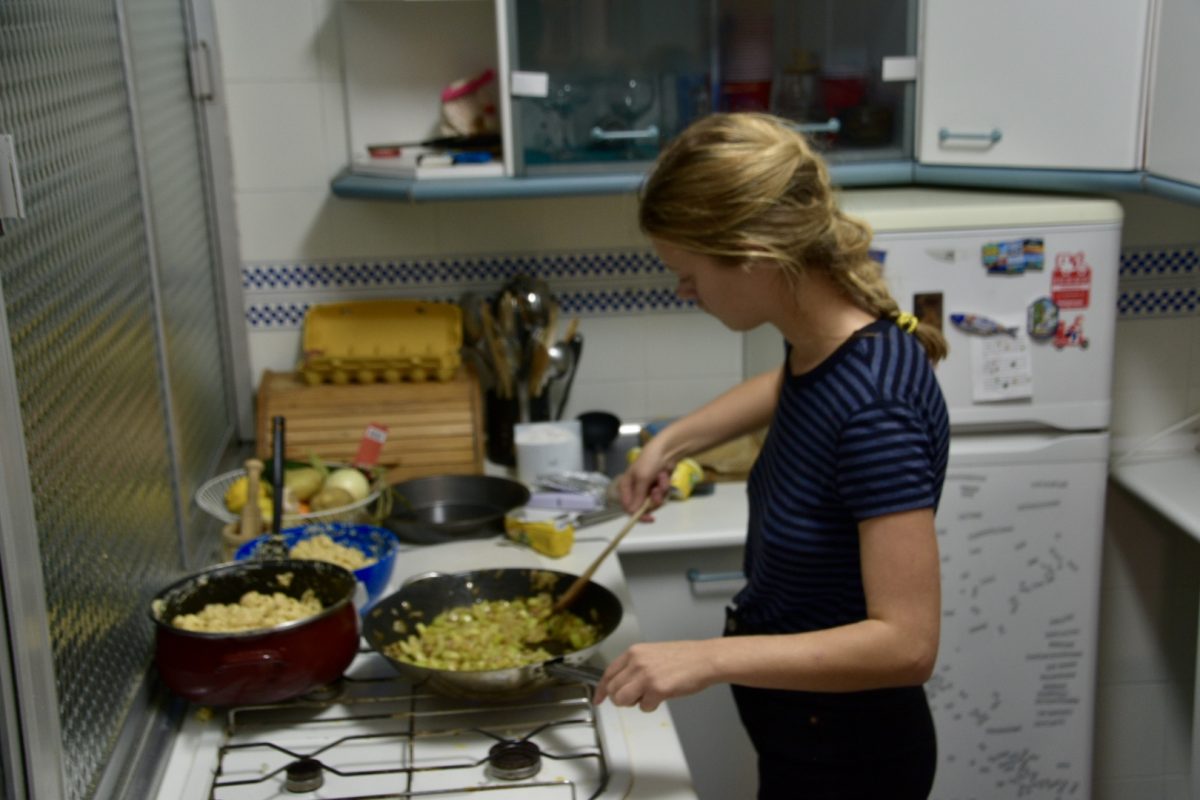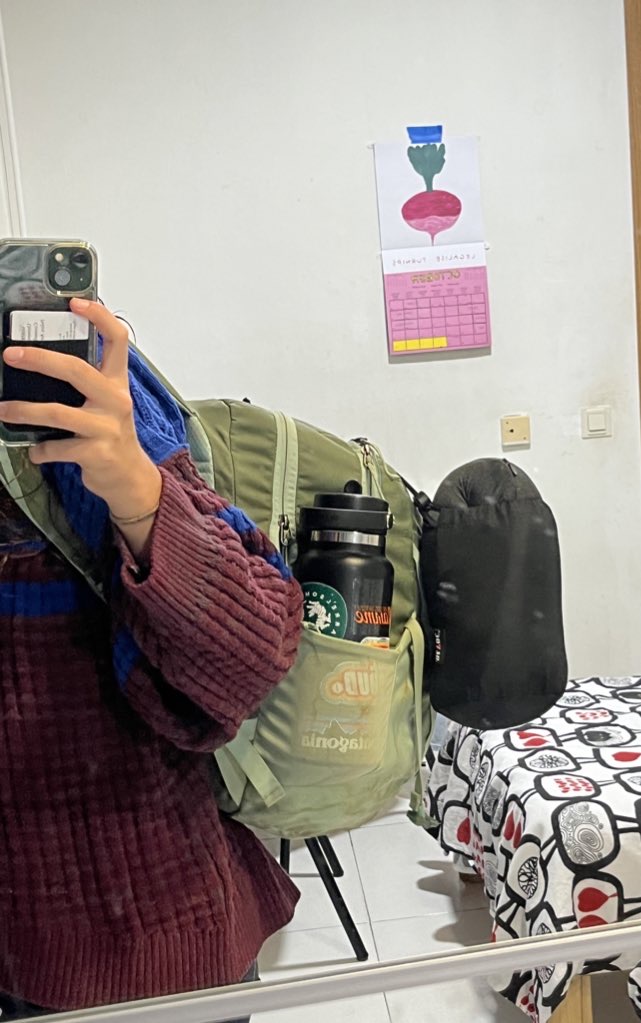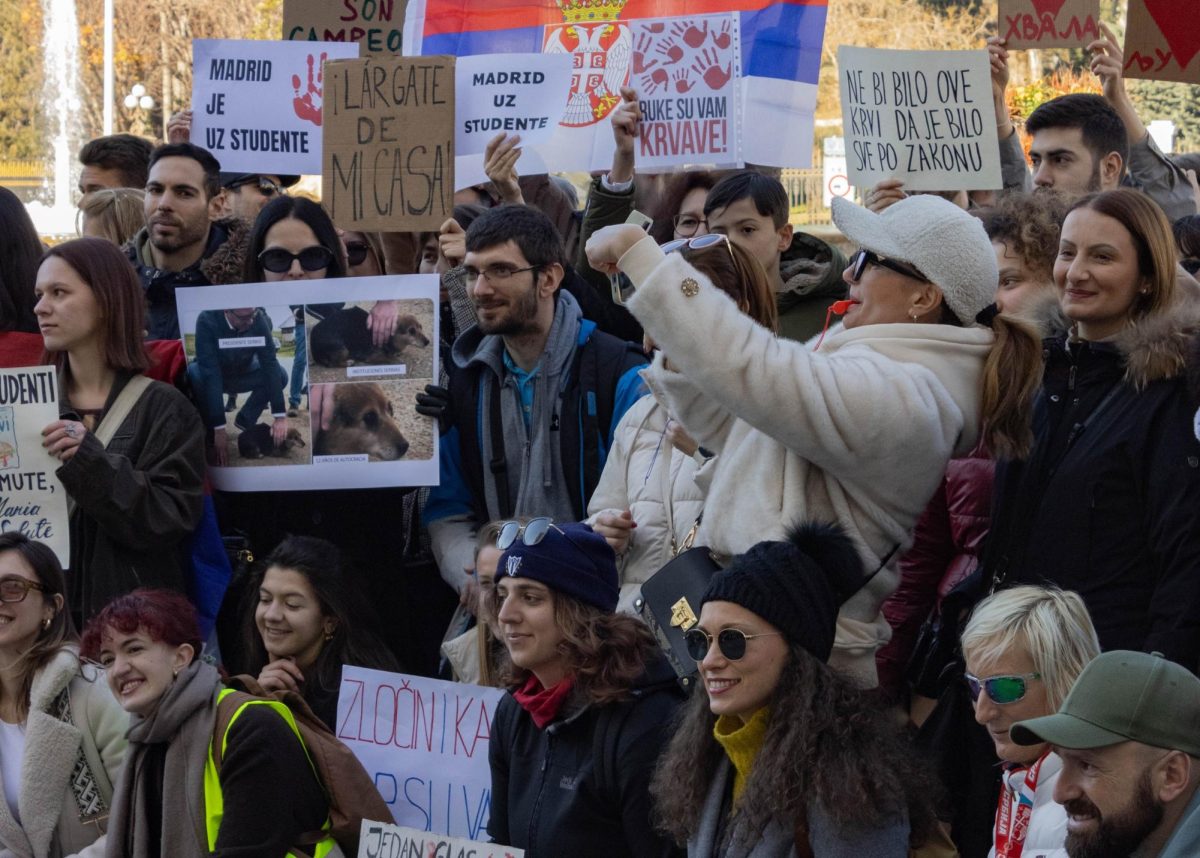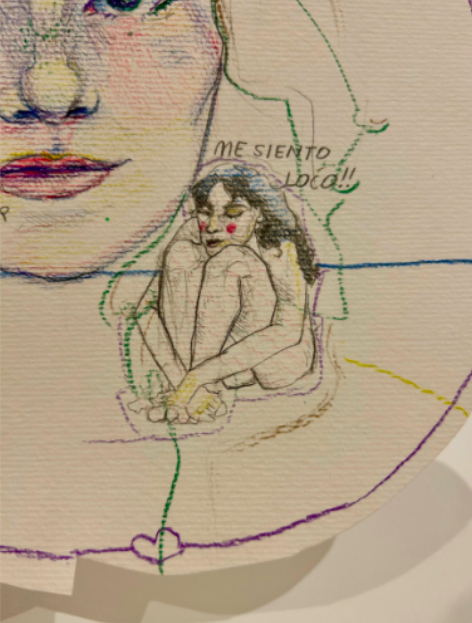Teresa Valverde, a 22-year-old fashion student from Madrid, went to Berlin last summer thinking the city would be a hub for non-mainstream fashion.
When going out in the city, Valverde was disappointed with what she saw. She noticed everyone wearing similar clothes and not showing as much personality as in Madrid.
“I went to Berlin, and I was disappointed. Everyone just wore black things, and clubs denied entry to anyone they just did not like, something that clubs cannot do in Madrid,” Valverde said.
She later went on to explain how Madrid’s non-mainstream fashion is much more creative, unique, and naughty than Berlin’s, highlighting how the city is slowly becoming a fashion capital.
“You know Enigma? Well, in that club, people go with the craziest outfits. I have seen even an almost fully naked person just with a variety of colors all over their skin. Y2K style and just the craziest fits are there,” said Valverde in a loud tone and with eyes wide.
She went on to express how, even though Madrid is not thought of as a fashion city on the international scale, comparable to Paris or New York, the city has creativity not seen in other places throughout the world.
Ismael Martinez, an 18-year-old fashion student at the Fashion Academy Isa, agrees. “I lived for a year in Ireland, and there everyone just wears tracksuits. Here in Madrid, things are different,” said Martinez, who wore flared blue jeans with a drawing of a yellow dragon on the back fuming flames. “People say who they are through what they wear.”
He said the best places to wardrobe watch are bars in Malasaña and clubs like Antídoto and Cha Cha. “People who go there usually buy clothes either from the vintage shops like ‘Humana’ and boutiques like ‘Frev,’ ‘Amen,’ and many others,” said Martinez.
Martinez said he even feels stressed when walking through the city center, especially Malasaña, where all the best national streetwear and exclusive vintage shops are.
“I feel intimidated or pressured every day when I go out. I just see the coolest outfits, and I just want to thrift or shop more in the streets near Tribunal, even though I’m a lot of times out of cash,” said Martinez quickly, laughing a little bit.
His concerns are common for many young people, as there has been a growth of fashion stores and boutiques all around Madrid while youth unemployment remains high. According to Youth Charts, Spain’s youth unemployment remains at about 26.7%, while salaries are also quite low.
This means that young people have less money to spend, yet clothing seems to be a priority, as stores all over the city have opened, especially in Malasaña and Fuencarral.
“Malasaña has grown a lot lately. The neighborhood has undergone many changes. The neighborhood has always been a hub of art and innovation in Madrid, and small boutiques and thrift shops have opened everywhere, filling up the neighborhood even more,” said Sandro Bianchi, a DJ producer and the owner of the nine-year-old Bianchi Kiosko Café in the heart of Malasaña, known for specialty coffee and infusions.
At 6:30 on a recent Wednesday afternoon, Fuencarral was full to the brim. Shoppers lined up to enter boutiques and stores, and there were events going on, as well as a doorman with a list to enter a store named Hoff.
In the neighborhood, a store named Frev Boutique stood out with its yellow and black colors. Graphic T-shirts, hoodies, and baggy jeans could be seen from a distance inside the store.
“This is Frev. Corps, a dream of four buddies from the south of Madrid who wanted to build their own business,” said Miguel Puerta, one of the founders and the one in charge of advertising and communications.
The store has a wide selection of clothes that are unique and created by small designers, making it an attractive place for consumers interested in slow fashion. The owner later went on to explain the difficulties of opening a business in the city.
“One of the biggest issues of starting a business in Spain is the bureaucracy, which makes it difficult to start a business. It’s a whole mess. Not only that, but it is very expensive as well,” said Puerta. “Because of the location of the store, people come in all the time, which helps the business tremendously.”
Crysta Domínguez, a 27-year-old who works as a sales assistant for the Polemo store and as a fashion consultant, also explained how difficult it is to open a business in Madrid. “For a young person to open a business, it’s super expensive. There is a series after a series of fees that must be paid. Not only that, but the legal process of opening a business is such a hassle, yet once you open a business, it does not matter what you sell; people will support you, and you will be able to sell easily in this neighborhood,” said Domínguez.
“Madrid is definitely on top when it comes to fashion. Before, people did not invest in smaller brands, yet now the neighborhood is filled with national brands. Not only that, but what makes the neighborhood special is its artistic, risky, and modern style that attracts people from around the world,” said Perez.
While financially it may be difficult to set up a fashion business in Madrid, the neighborhood has grown tremendously, as Frev Boutique is only four years old and Polemo is only seven years old. Their stores show how young people could open successful businesses with the right resources in the city.
“In just under a year, more than ten brands have opened on just this street (Fuencarral). The street before barely had any brands (small national brands), and TwoJeys was one of the first to open on the street just two years ago,” said Oliver Palenzuela, a stylist, content creator, and model who also works in TwoJeys, one of the first emerging Spanish brands to open in Fuencarral.
According to Tmrw magazine, a fashion and art magazine, TwoJeys was created by two young men looking to innovate men’s jewelry, and the brand has grown to open stores in other cities such as London. The company is now valued at about 22 million dollars.
